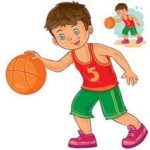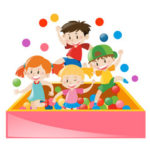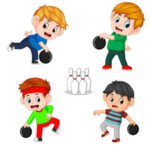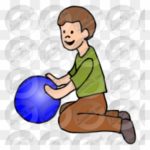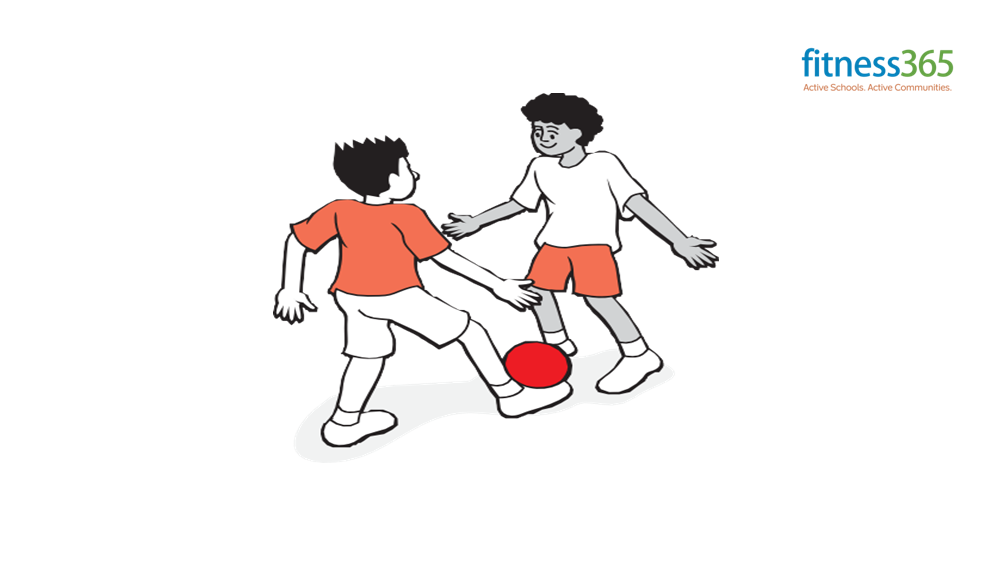
by Neetu | Jun 9, 2020 | Sports
Movement skills/concepts
Dribbling with the feet and stealing the ball with the feet.
Set-up
- Large balls, markers, and cones.
- In a defined hard surface or grass area, children work in pairs, with one ball per pair.
Activity
Children select a partner who has similar skills. Each pair decides its own boundaries; a smaller area requires more practice.
Partner 1 begins to travel and dribble the ball within the defined area; Partner 2 attempts to steal the ball by using their feet to trap the ball or tap it away. If Partner 2 gains possession of the ball, they become the attacker and Partner 1 becomes the defender.
Rules include no body contact; gain possession of the ball; don’t kick it away.
Repeat the activity, and include a goal. The object of the game is for the attacking player to
score a goal, while the defender tries to keep the attacker from scoring using the rules above. If the defender gains possession of the ball before the attacker scores a goal, the defender dribbles the ball to a designated spot on the boundary and then becomes the attacker. If a goal is scored, the attacker and defender switch roles.
Can you see …?
- gentle tapping of the ball when dribbling
- head up looking around
- ball control with inside/outside of the foot
- offense – looking for open spaces to move into
- defense – trapping or tapping to gain possession
You could ask …
When you are the attacker, what can you do to keep the ball away from your partner?
When you are defending, what can you do to gain possession of the ball?
Variations
Create your own game: Work with your partner to design a game using the skills of soccer. Consider the rules, how you will score, what the boundaries will be, and a name for your game.
Play two-on-two: Partners play the game they have designed against another pair.
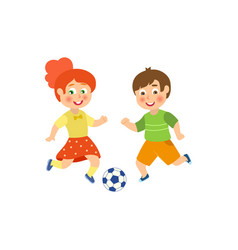
by Neetu | Jun 8, 2020 | Sports
Movement skills/concepts
Dribbling with the feet, moving at different speeds and in different directions.
Set-up
- Large balls.
- Children, each with a ball, are freely spaced in a defined grass or hard area.
Activity
The players dribble freely. When the leader:
- calls a number, they form groups of that number and dribble in a small circle
- tells them to spread out, they dribble freely until another number is called
Can you see …?
- using all parts of the feet
- keeping the ball close
- seeing the ball, seeing others
You could ask …
How well are you controlling the ball? What can you do to improve or to challenge yourself?
Variations
Change pattern: Dribble in a circle or a square, reverse, and go the other way or follow the leader.
Change speed: Dribble while walking, jogging, running.
Vary equipment and skills: Hand dribble, or hockey dribble with a stick and small ball.
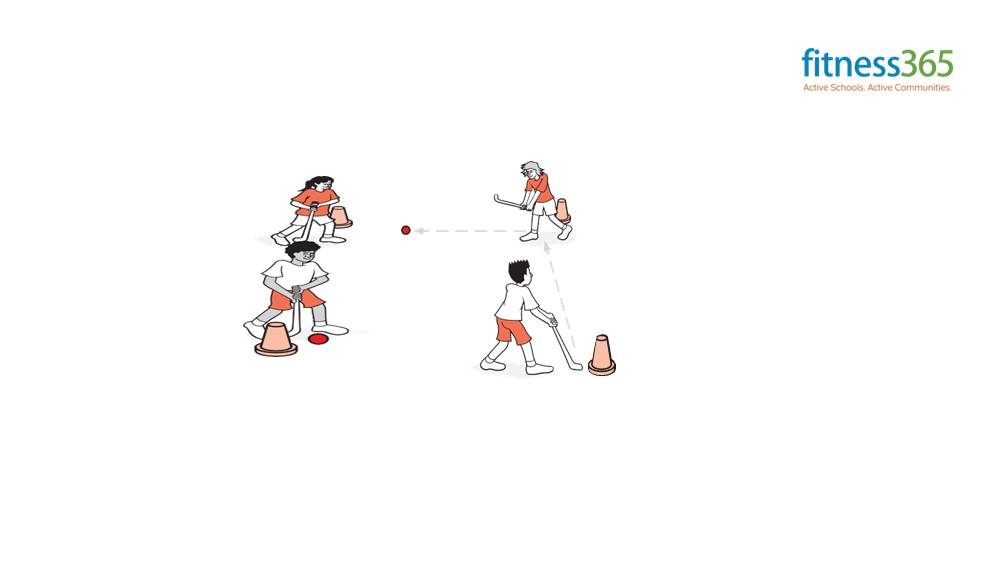
by Neetu | Jun 3, 2020 | Fitness Activity
Movement skills/concepts
Striking with a long implement (hockey stick), passing and moving space awareness, and relationships (with others).
Set-up
Hockey sticks, small balls. Two activities in a level grass or hard area.
Activity 1
Each group of four stands in a square formation: one player is the leader, two others have a ball, all have a stick.
One player with a ball pushes/hits it to the leader, who passes it to the player without the ball. The other player with a ball then passes to the leader who passes to the player without a ball. Continue, alternating the passes. Change the leader.
Activity 2
Each group of three works in a square defined by four markers. All players have a stick and each stands beside a marker. One of the players has a ball.
Player 1 pushes/hits to Player 2, then runs in the opposite direction to the vacant marker. Player 2 controls the ball, hits to Player 3, then runs in the opposite direction to where Player 1 started. Player 3 continues by hitting to Player 1.
Variations
Vary distance of markers: Place markers closer for pushes, further apart for hits.
Vary ball: Strike or throw a large ball.
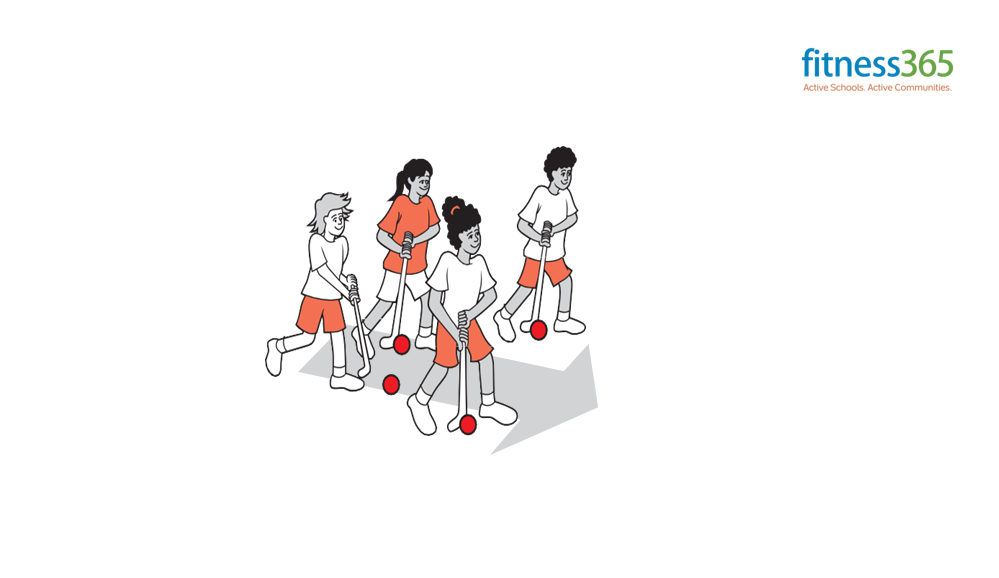
by Neetu | Jun 2, 2020 | Fitness Activity
Movement skills/concepts
Ball control, dribbling with a long implement (hockey stick), varying direction and speed.
Set-up
- Hockey sticks and balls.
- Children, with a hockey stick and ball each, are freely spaced in a grass or hard surface area, with four straight boundaries named ‘north’, ‘south’, ‘east’ and ‘west’.
Activity
When a direction is called, players dribble that way until the next call. Change the call frequently
- seeing the ball, seeing others
- moving to space
- adjusting hands, feet or the stick to push the ball in the direction called
Variations
Vary directions: Use nautical terms – ahead, astern, port and starboard.
Expand directions: Name the corners north-west, south-east, south-west and north-west to increase the number of directions to call.
Change equipment and skill: Try hand/foot dribbling with a large bouncy ball.
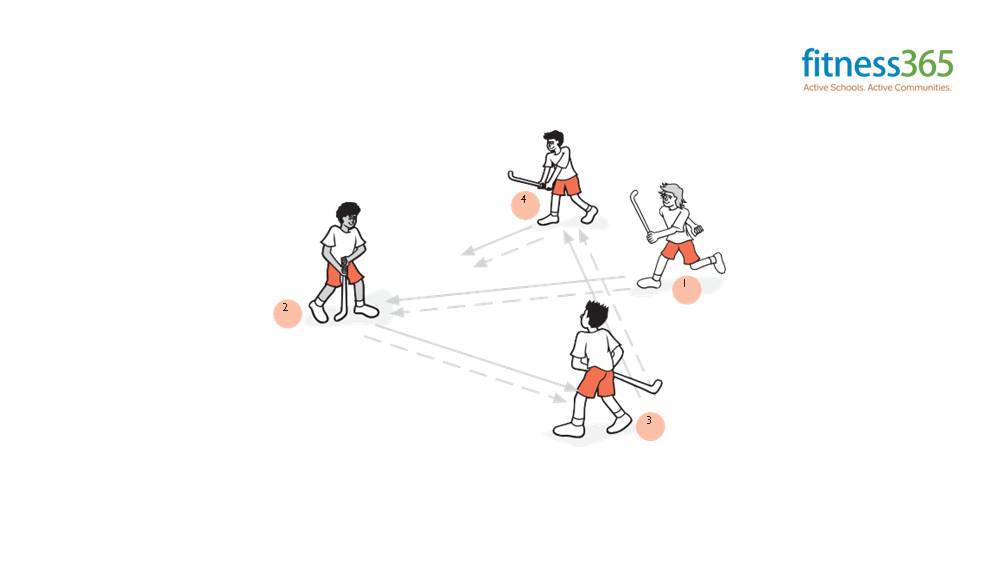
by Neetu | Jun 2, 2020 | Fitness Activity
Movement skills/concepts
Trapping and passing with a long implement (hockey stick) and running.
Set-up
- Hockey sticks and small balls.
- Each group of four stands in free formation in a level grass or hard area, each with a stick. One player with a ball.
Activity
In each group, the player with the ball passes it to another player, then follows the ball to that position. The receiver traps the ball, passes it to another player, and follows. This process continues until all players have received a pass. The last player then passes to the first and they continue passing in that pattern.
- eyes on the ball
- moving to the ball
- soft contact
Variations
Vary direction: Pass both ways around the pattern.
Vary equipment: Start a second or third ball.
Vary pattern: After passing, move anywhere to a new position.







